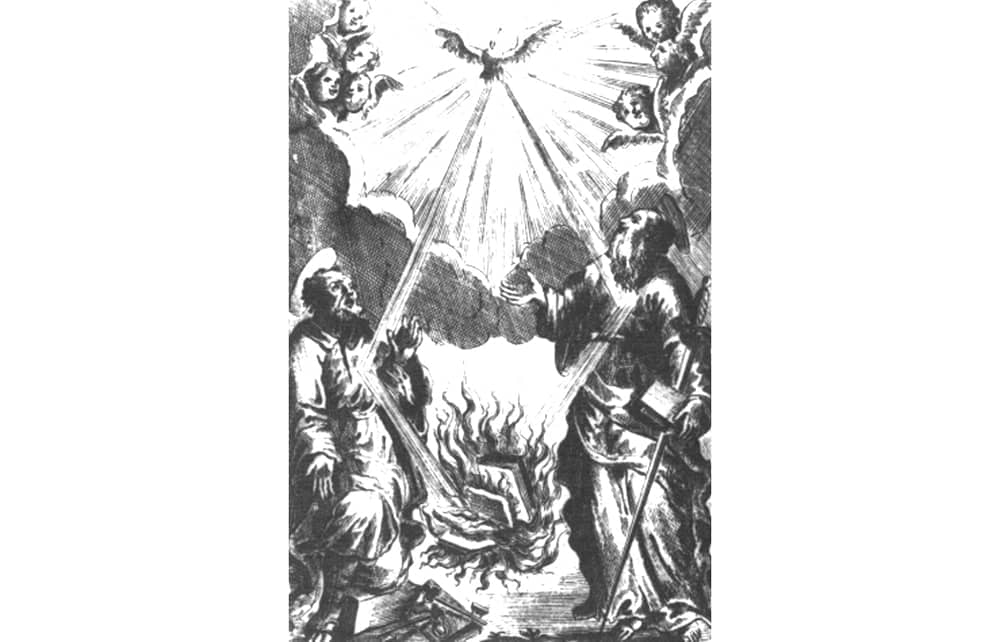In a classic paradox of bureaucracy, the Index of Forbidden Books only really hit its stride when its original task became impossible. By the 17th century, Robin Vose relates in his new history of the Index Librorum Prohibitorum – established 1559, venerated and cursed for four centuries as ‘the Index’ – it was broadly accepted that censoring literature, senso stricto, was no longer possible. The ubiquity of printers, the ease of transportation and concealment and the sheer number of new books all made most texts available, most of the time, to those with time and cash to spare. The Index of Forbidden Books couldn’t, practically speaking, forbid.
In other words, as Vose explains, the Index’s image of proto-totalitarian control was more or less illusionary. The reality, as censors scrambled to give practical form to high-minded ecclesial edicts, was improvisational, inconsistent and unclear. Obscene texts appeared nowhere on the Index for the first century; by the 19th century they predominated.

Get Britain's best politics newsletters
Register to get The Spectator's insight and opinion straight to your inbox. You can then read two free articles each week.
Already a subscriber? Log in







Comments
Join the debate for just $5 for 3 months
Be part of the conversation with other Spectator readers by getting your first three months for $5.
UNLOCK ACCESS Just $5 for 3 monthsAlready a subscriber? Log in